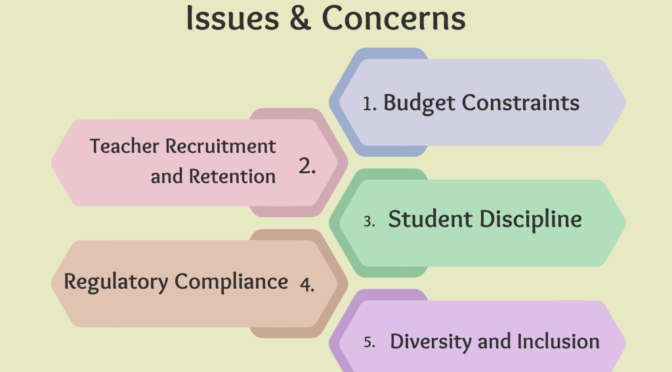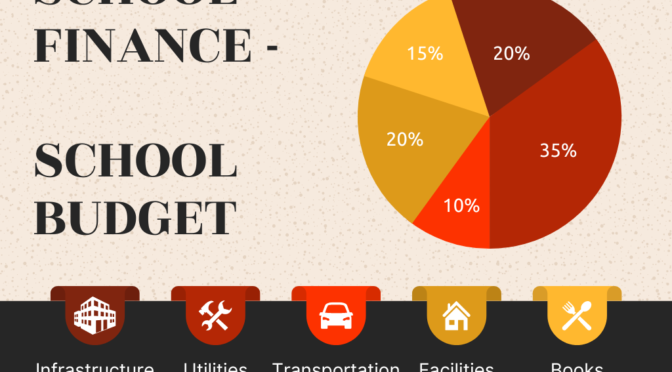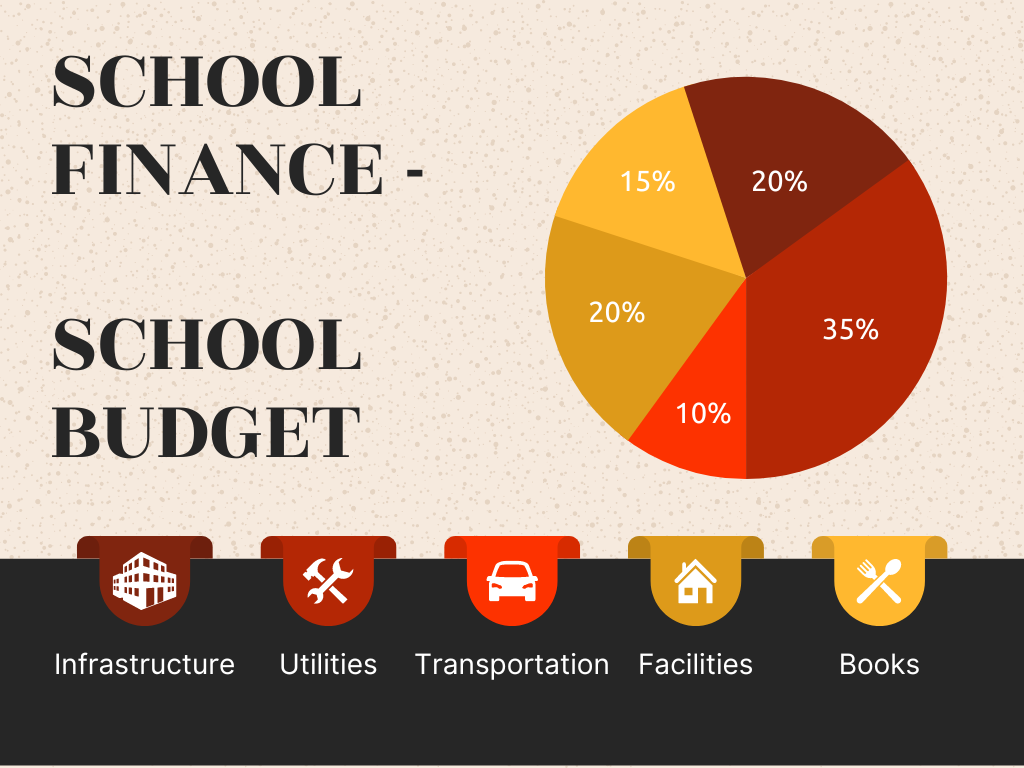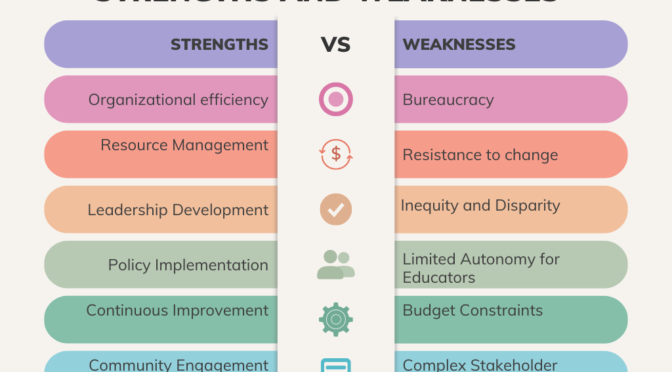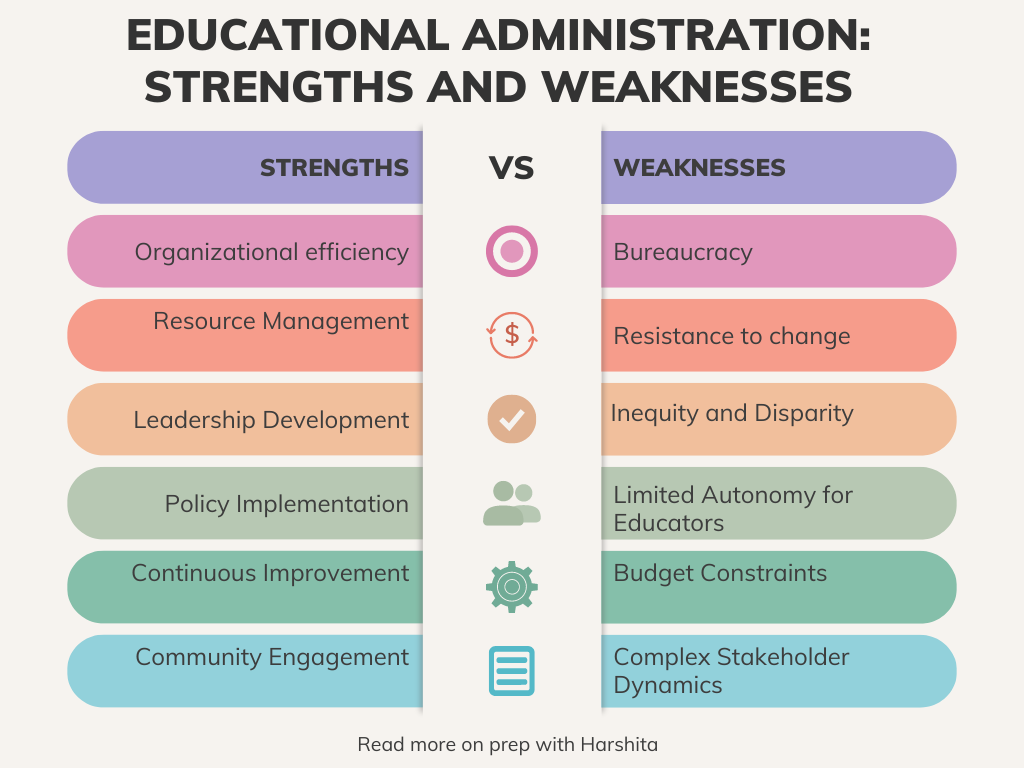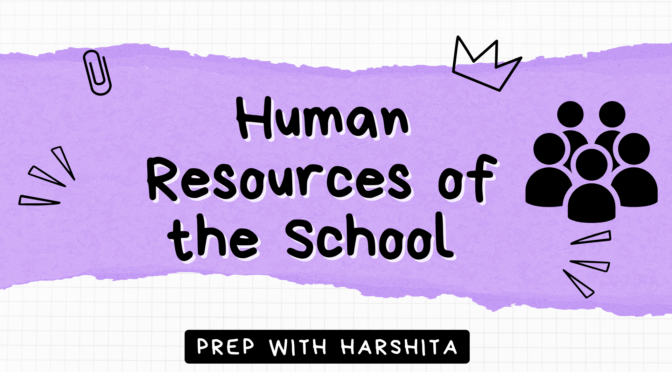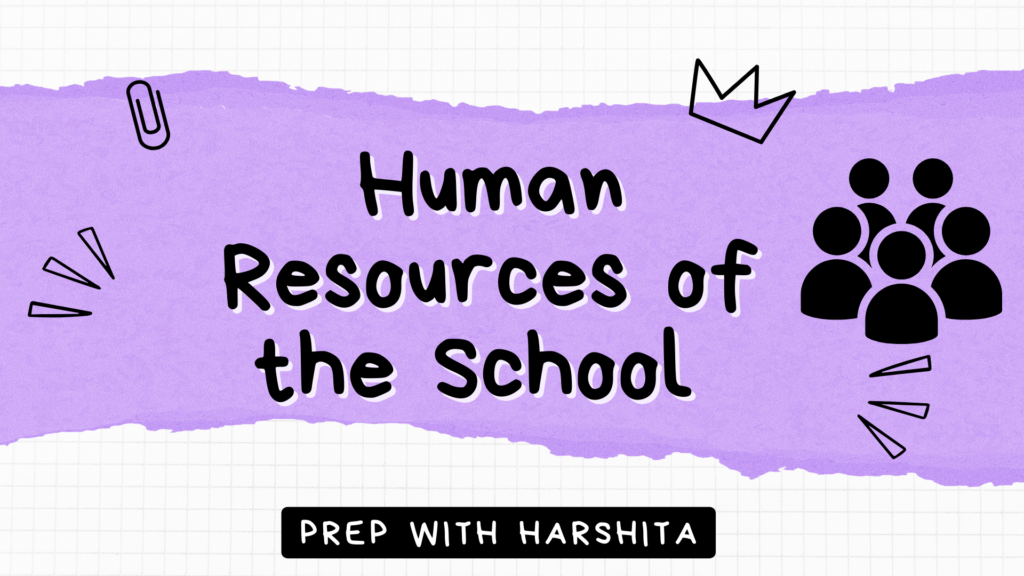School management faces various challenges and concerns that can impact the overall functioning and effectiveness of educational institutions. These issues can arise at different levels, including administrative, academic, and operational.
Here are some common problems faced in school management:
Budget Constraints:
- Limited financial resources can restrict the implementation of necessary programs and improvements.
- Adequate funding is crucial for maintaining infrastructure, updating technology, and providing quality education.
Teacher Recruitment and Retention:
- Attracting qualified and experienced educators can be challenging, leading to a shortage of skilled teaching staff.
- Retaining teachers is also an issue, as burnout, inadequate compensation, and challenging working conditions can contribute to many problems.
Student Discipline:
- Maintaining a positive and disciplined learning environment can be difficult.
- Issues such as bullying, misconduct, and disruptive behavior can negatively impact the educational experience for both students and teachers.
Technological Integration:
- Adapting to and incorporating new technologies into the curriculum can be a challenge for schools.
- Ensuring that teachers are adequately trained to use technology effectively is essential for successful integration.
Assessment and Testing:
- Balancing the need for assessments with the risk of over-testing is a common concern.
- Ensuring that assessments accurately reflect students’ abilities and progress is essential for meaningful evaluation.
Regulatory Compliance:
- Keeping up with changing educational policies and regulations can be demanding for school administrators.
- Failure to comply with regulations may lead to legal issues and affect the school’s reputation.
Diversity and Inclusion:
- Addressing the needs of a diverse student population can be challenging.
- Providing a supportive environment for students with different learning styles, abilities, and cultural backgrounds requires ongoing effort.
Also Read: Educational Administration
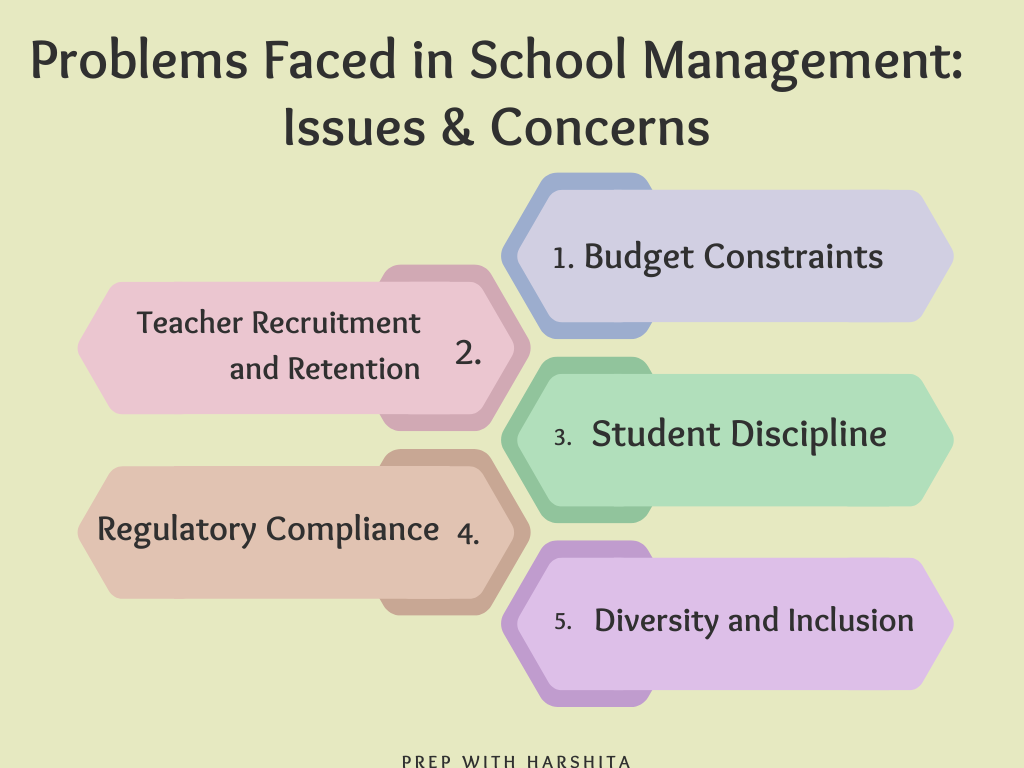
Also Visit: Prep with Harshita

